- info@techkasetti.com
In high-volume customer service environments, the influx of support tickets—especially those originating via email—can quickly overwhelm triage teams. Manual classification, routing, and assignment of service cases not only slow down resolution time but introduce inconsistencies that compromise customer satisfaction. Our latest AI-driven solution eliminates this inefficiency through intelligent automation that streamlines the entire case intake and categorization lifecycle.
By embedding intelligent agents directly into the case pipeline, this system ensures every incoming ticket is not only captured accurately but also assigned to the appropriate department—without human intervention.
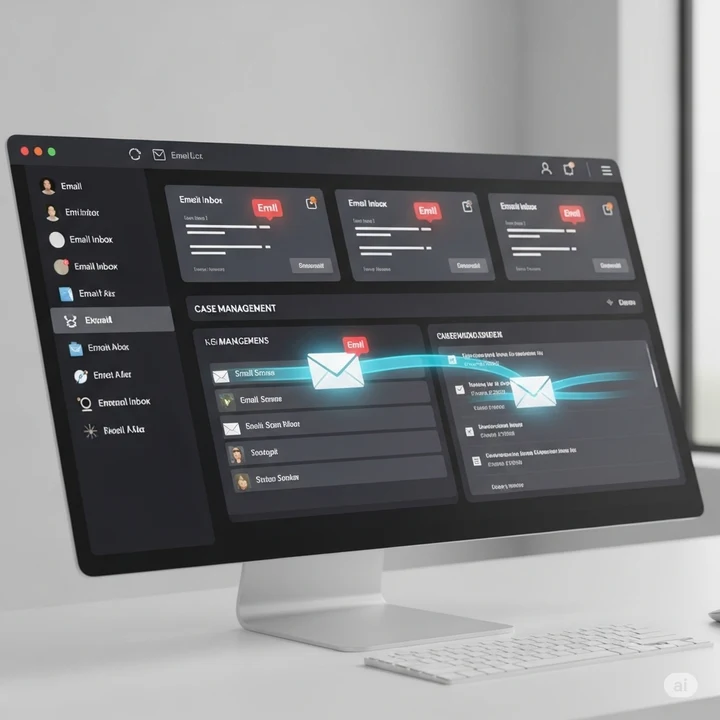
The journey starts with email—still the most dominant channel for customer queries. The system is engineered to continuously monitor designated inboxes and ingest service cases the moment they arrive.
Unlike traditional manual intake workflows that rely on human agents to open, read, and categorize tickets, this pipeline integrates directly with case management infrastructure. Once an email is received, its metadata and content are parsed instantly. The process is seamless, real-time, and optimized for scale.
This foundational layer ensures that no ticket is missed, delayed, or misrouted from the outset.
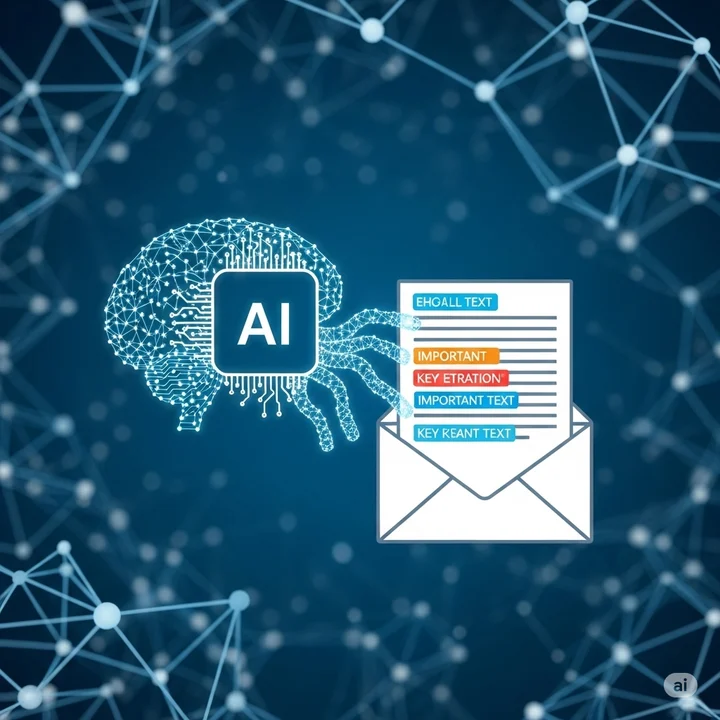
Once the email hits the system, an intelligent extraction agent takes over. This autonomous component is purpose-built to isolate the true intent and context from the email body—ignoring boilerplate content, signatures, and noise.
Whether the customer writes a structured issue report or a long-form inquiry, the agent distills the relevant text segments, enabling downstream AI modules to operate on clean, actionable data. This preprocessing step is critical: it transforms raw, unstructured messages into structured inputs that fuel intelligent decisions later in the pipeline.
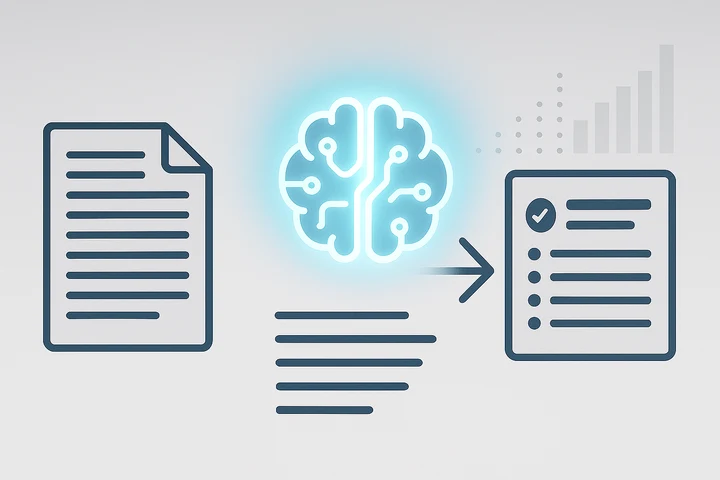
Following content extraction, the cleaned message is routed to a generative language model fine-tuned for business communications. Here, the text is summarized with precision—condensing lengthy messages into concise descriptions that reflect the issue’s core.
Why summarization? In environments where time is of the essence, these condensed representations allow for rapid classification and easier human oversight, if needed. Moreover, they standardize varying linguistic styles into a common format, enhancing the model’s downstream predictive accuracy.
By converting verbose, inconsistent inputs into concise summaries, the system ensures consistency across a wide range of customer communication styles.
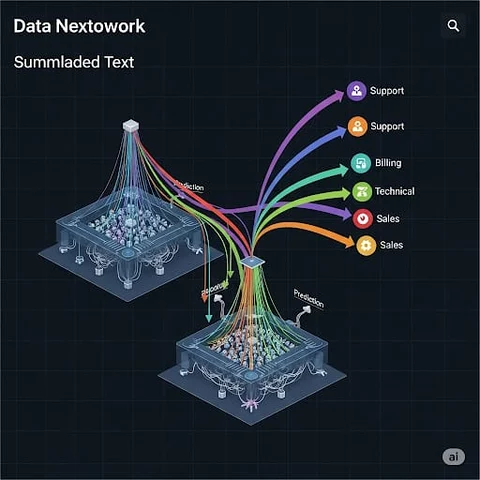
This is where the intelligence truly shines. The summarized ticket content is then evaluated by a specialized classification model trained on historical ticket data and departmental resolution patterns.
Each incoming case is scored against a probability distribution across all departments. The model then predicts—with high confidence—the most relevant department or team equipped to handle the issue.
This isn’t static rule-based routing. The model adapts continuously to organizational changes, new support categories, and evolving language patterns, ensuring relevance and precision over time.
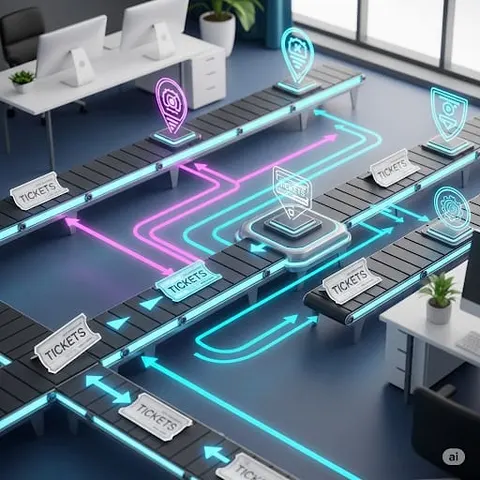
With classification complete, the ticket is automatically assigned to the identified department—triggering relevant internal workflows, queues, and notifications. The routing is dynamic, eliminating lag time between case intake and resolution initiation.
This hands-free orchestration improves response SLAs, reduces resolution backlogs, and enables service teams to operate at peak efficiency. Supervisors no longer need to manually reassign misrouted tickets, and agents receive only those cases they’re best suited to handle.
The result? Increased operational fluidity and faster customer resolution cycles.

Though the system interfaces with CRM and case management platforms at its core, its modular design enables pluggability across diverse enterprise environments. Intelligent agents for extraction, summarization, and classification can be deployed independently or as a cohesive unit.
The architecture supports event-driven processing, ensuring scalability under fluctuating ticket volumes. Furthermore, data persistence and logging are implemented to enable traceability and audit compliance.
📉 Business Impact: Reducing Manual Load, Improving Accuracy
The measurable outcomes of this AI-first approach are immediate and transformative:
- 80%+ reduction in manual triage effort
- Near-instant case routing with high model confidence
- Consistent classification across large teams
- Improved customer satisfaction due to faster response cycles
- Decreased operational cost associated with case intake overhead
By replacing human guesswork with intelligent, data-driven decisioning, the system delivers both speed and accuracy—critical to modern service operations.
✅ Key Features Recap
- Intelligent Email Monitoring & Intake
- Agent-Based Content Extraction
- Contextual Case Summarization via Language Models
- Predictive Classification for Department Assignment
- Automated Case Routing with Workflow Triggers
- Modular Integration with Existing CRM Systems
🧠 Final Thoughts
This AI-driven classification engine isn’t just about automation—it’s about enabling enterprise service teams to scale with confidence. By offloading the burden of repetitive decision-making to intelligent models, your organization can focus on what matters most: delivering responsive, accurate, and empathetic customer service.
With this system in place, the gap between case receipt and resolution is no longer a bottleneck—it’s an opportunity for differentiation.
